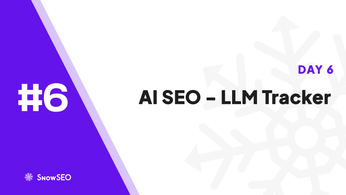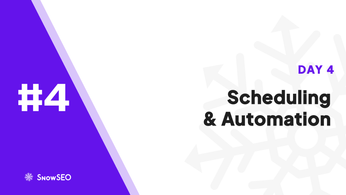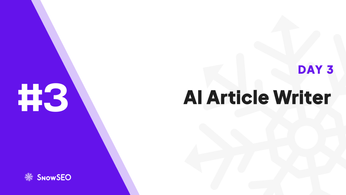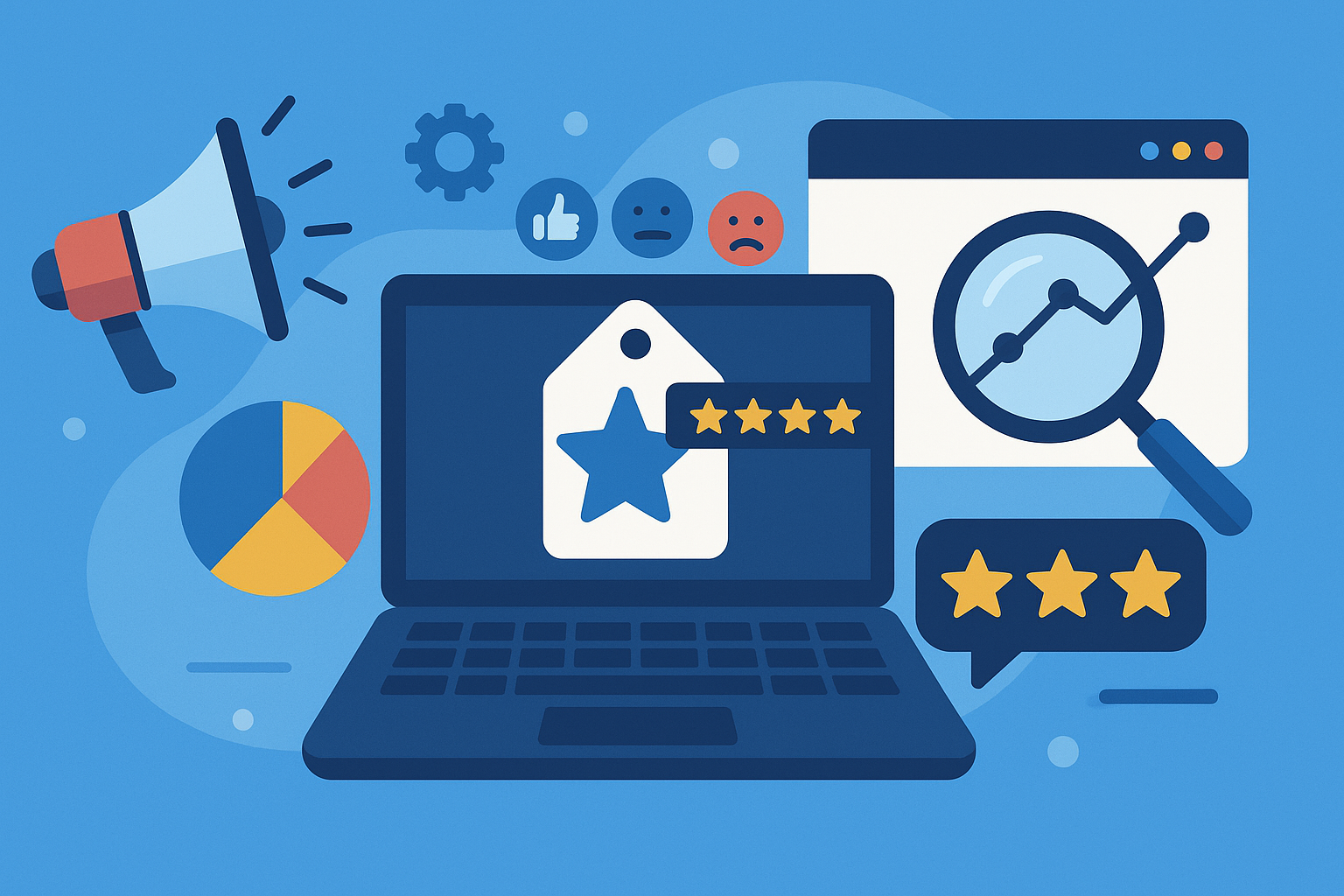
Best Brand Monitoring for Reputation Success
Table of Contents
In the fast-paced digital world, your brand reputation can change in an instant. Marketers face the challenge of continuously tracking brand mentions and perceptions online. This article provides a comprehensive comparison of top brand monitoring tools, based on the latest research and expert opinions.
Why Brand Monitoring Matters
In today’s interconnected world, brand monitoring is essential for safeguarding a company’s reputation and ensuring its longevity. By systematically tracking brand mentions across various platforms, businesses can promptly address potential issues and maintain a positive public image.
Impact on Business Reputation
A company’s reputation significantly influences consumer trust and purchasing decisions. Research indicates that brand awareness directly affects consumers’ cognitive processes, impacting their ability to recognize and recall a brand. This recognition is crucial, as it can lead to increased customer loyalty and higher sales. Moreover, a systematic review of health branding practices highlights the importance of building consumer relationships and identification with health behaviors and their benefits. This approach not only enhances brand perception but also promotes positive behavioral changes among consumers.

By actively monitoring brand mentions and public sentiment, companies can swiftly address negative feedback, adapt to consumer needs, and foster a resilient brand image. This proactive approach not only mitigates potential crises but also capitalizes on opportunities to strengthen customer relationships and drive business growth.
Top Brand Monitoring Tools Overview
In today’s digital landscape, maintaining a positive brand reputation is crucial. Brand monitoring tools play a vital role in tracking and managing how a brand is perceived across various platforms. These tools help businesses stay informed about public sentiment, identify potential issues, and engage with their audience effectively.
Key Features to Consider
When selecting a brand monitoring tool, it’s essential to evaluate the following features:
- Comprehensive Coverage: The tool should monitor a wide range of sources, including social media platforms, news outlets, blogs, forums, and review sites.
- Real-Time Alerts: Immediate notifications about brand mentions enable prompt responses to both positive and negative feedback.
- Sentiment Analysis: Understanding the tone of mentions helps gauge public perception and address concerns appropriately.
- Competitive Analysis: Insights into competitors’ activities and public reception can inform strategic decisions.
- Customizable Reporting: Tailored reports that align with specific business objectives provide actionable insights.
- Integration Capabilities: Seamless integration with existing tools and platforms enhances workflow efficiency.
Upcoming Tools and Trends
The field of brand monitoring is continually evolving, with new tools and trends emerging to meet the changing needs of businesses. One notable trend is the integration of artificial intelligence (AI) and machine learning to enhance data analysis and provide more accurate insights. Additionally, there is a growing emphasis on monitoring emerging platforms and channels to ensure comprehensive brand oversight.
For a practical demonstration of how brand monitoring tools operate, consider exploring tutorials that showcase their functionalities and benefits.
By leveraging advanced brand monitoring tools and staying abreast of industry trends, businesses can proactively manage their reputation and foster positive relationships with their audience.
Case Studies: Brand Monitoring Success Stories
Effective brand monitoring is crucial for maintaining a company’s reputation and ensuring customer trust. By analyzing real-world examples, we can understand how organizations have successfully implemented brand monitoring strategies to achieve significant outcomes.
Notable Company Cases
Case Study 1: Public Health Surveillance in the United States
The Centers for Disease Control and Prevention (CDC) has developed a comprehensive public health surveillance system to monitor and respond to health threats. This system involves the systematic collection, analysis, and dissemination of health data, enabling timely interventions and policy decisions. The CDC’s approach underscores the importance of continuous monitoring and data-driven strategies in managing public health crises. (cdc.gov)
Case Study 2: HIV Care Continuum in King County, Washington
A study conducted in King County, Washington, utilized multiple data sources and individual case investigations to refine estimates of the HIV care continuum. By integrating various surveillance data, researchers achieved a more accurate understanding of HIV care outcomes, leading to improved public health strategies and resource allocation. (pmc.ncbi.nlm.nih.gov)
Case Study 3: Health Data Monitoring in Kazakhstan
Kazakhstan implemented a data monitoring framework to assess and improve its health system performance. By systematically collecting and analyzing health data, the country identified areas for improvement and developed targeted interventions, demonstrating the value of data-driven decision-making in health policy. (pmc.ncbi.nlm.nih.gov)
These case studies highlight the critical role of brand monitoring in various sectors. By leveraging comprehensive data collection and analysis, organizations can enhance their reputation, improve service delivery, and make informed decisions that positively impact their stakeholders.
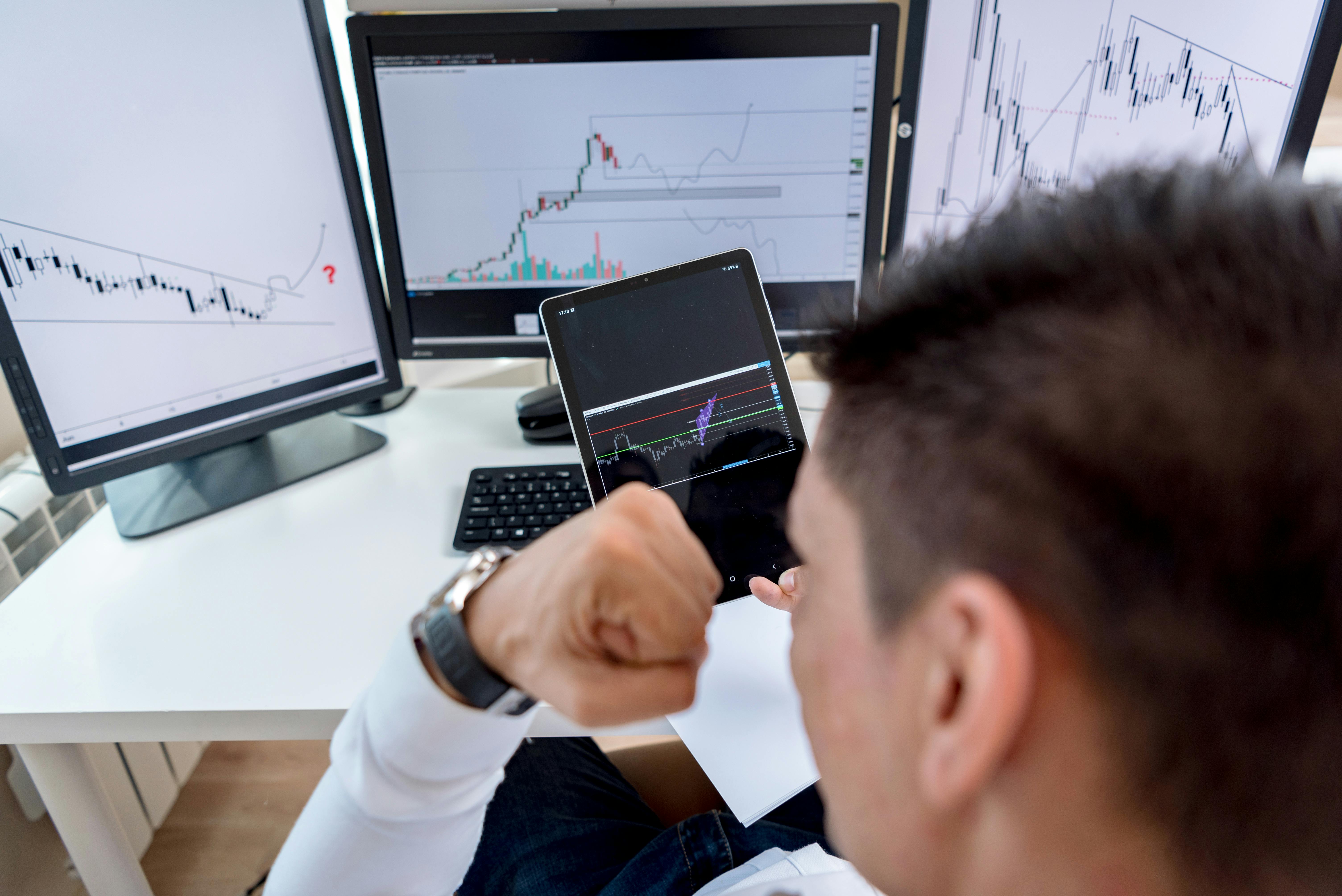
Comparative Analysis of Leading Tools
When evaluating brand monitoring tools, it’s essential to consider how cost aligns with the features offered. This analysis focuses on comparing leading tools based on their pricing structures and the functionalities they provide.
Cost vs. Features
Brandwatch is renowned for its comprehensive analytics and extensive data coverage. It offers advanced sentiment analysis, trend detection, and customizable dashboards. However, these premium features come at a higher price point, making it more suitable for large enterprises with substantial budgets.
Hootsuite, on the other hand, provides a more affordable solution with a focus on social media management. It includes features like post scheduling, basic analytics, and team collaboration tools. While it covers essential monitoring capabilities, it may lack the depth of analytics found in more expensive platforms.
Mention strikes a balance between cost and functionality. It offers real-time monitoring across various platforms, sentiment analysis, and competitive benchmarking. Its pricing is moderate, appealing to mid-sized businesses seeking robust features without the hefty price tag.
When selecting a brand monitoring tool, it’s crucial to assess your organization’s specific needs and budget constraints. Consider the following factors:
- Scope of Monitoring: Determine whether you need to monitor social media exclusively or require broader coverage, including news outlets and forums.
- Analytical Depth: Evaluate the level of analytics required, such as sentiment analysis, trend identification, and competitive insights.
- Integration Capabilities: Ensure the tool can seamlessly integrate with your existing systems and workflows.
- Scalability: Choose a platform that can grow with your business and adapt to increasing monitoring demands.
By carefully weighing these factors against the cost, you can select a brand monitoring tool that offers the best value and aligns with your organization’s objectives.
Ready to elevate your brand’s reputation? Explore and choose the tool that best fits your business needs—discover how SnowSEO’s unified platform at https://snowseo.com simplifies monitoring, optimization, and growth.
Frequently Asked Questions
Q1: What is brand monitoring and why is it important?
Brand monitoring is the process of tracking online mentions, reviews, and discussions about your brand across digital platforms. It’s crucial because it helps businesses quickly identify reputation risks, respond to customer feedback, and spot emerging trends. Effective monitoring can protect your brand image, foster trust, and even reveal new growth opportunities.
Q2: How do brand monitoring tools like Brandwatch, Hootsuite, and Mention differ?
Each tool offers unique features: Brandwatch excels in deep analytics, Hootsuite integrates social scheduling, and Mention specializes in real-time alerts. Choosing the right tool depends on your specific needs, such as analytics depth, platform coverage, or real-time response capabilities.
Q3: Can brand monitoring improve customer engagement?
Absolutely. By actively listening and responding to online conversations, brands can address concerns, thank loyal customers, and join trending discussions. This proactive approach helps build stronger relationships and boosts overall engagement.
Conclusion
Effective brand monitoring is crucial for managing a company’s reputation. Utilizing advanced tools enables real-time tracking of brand perception, as demonstrated by the Brand Reputation Tracker developed by researchers at the University of Maryland. Assessing features and costs of these tools aids in informed decision-making. Exploring trial versions and demos can help identify the best fit for your business needs. (rhsmith.umd.edu)


